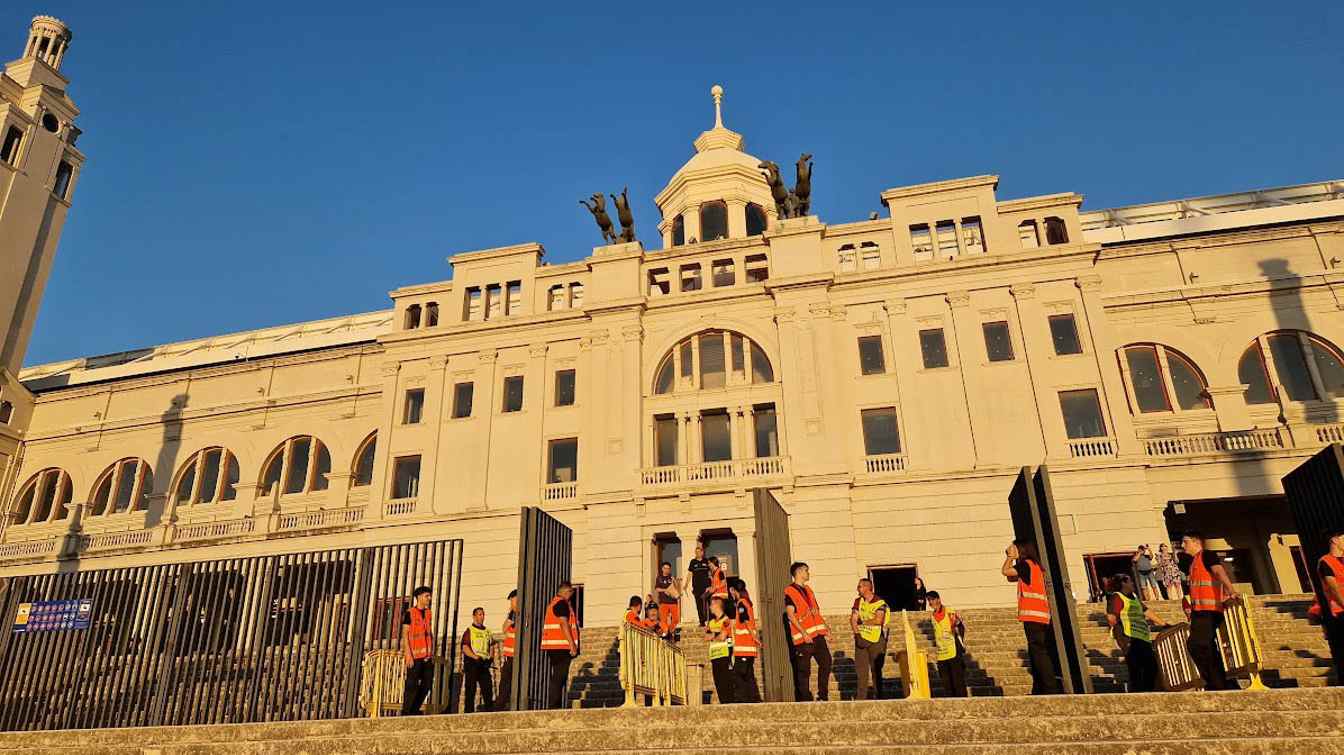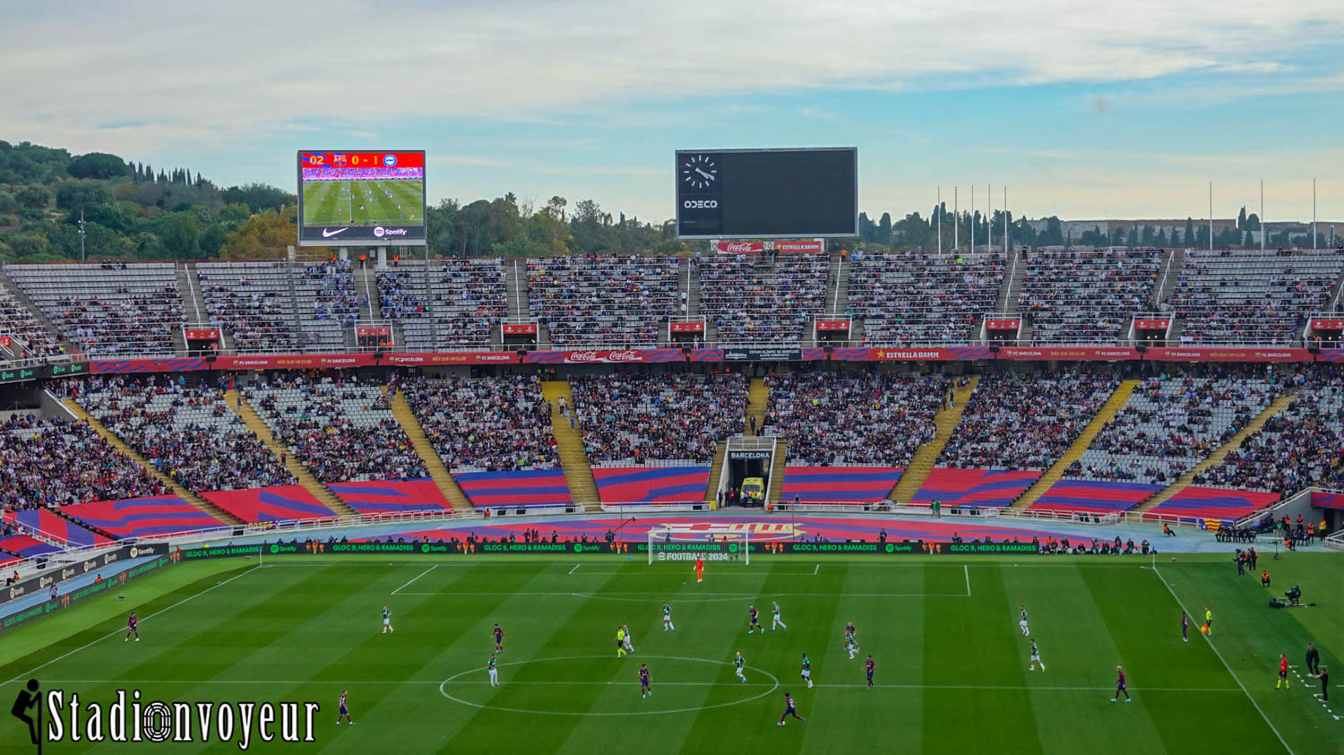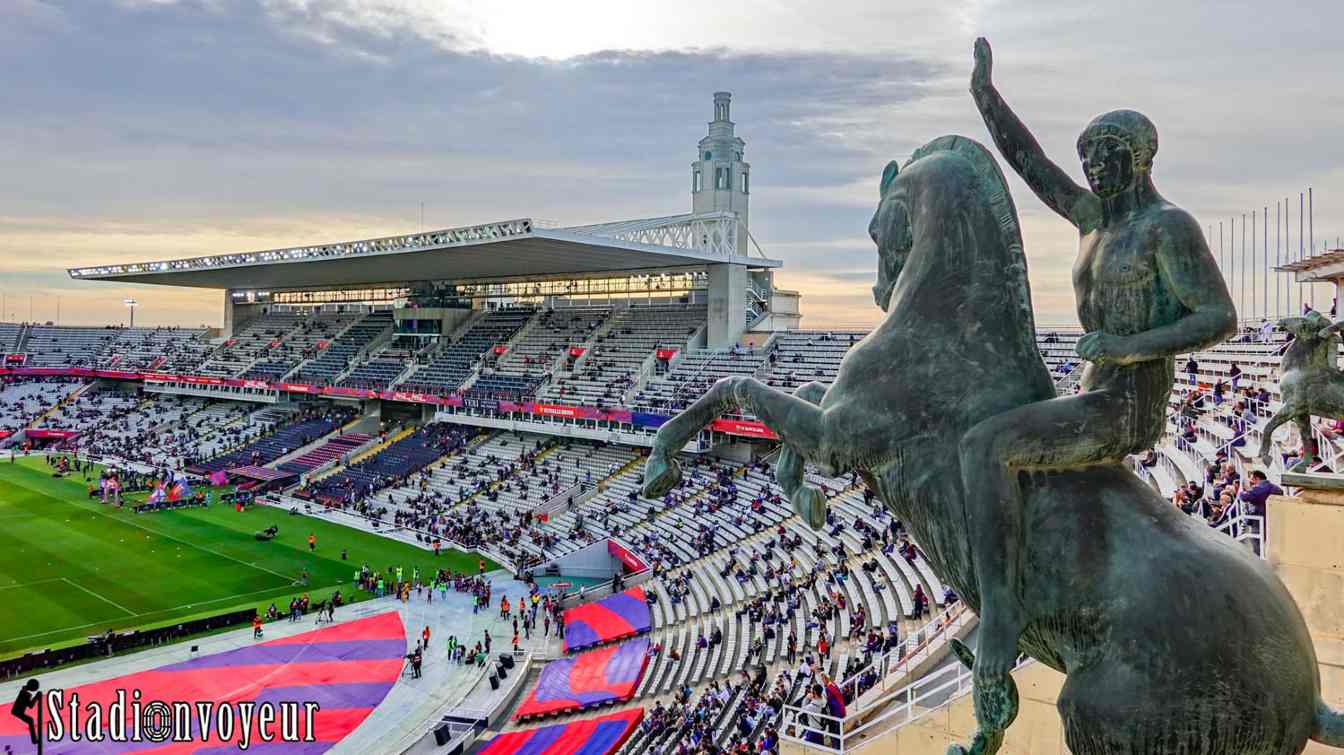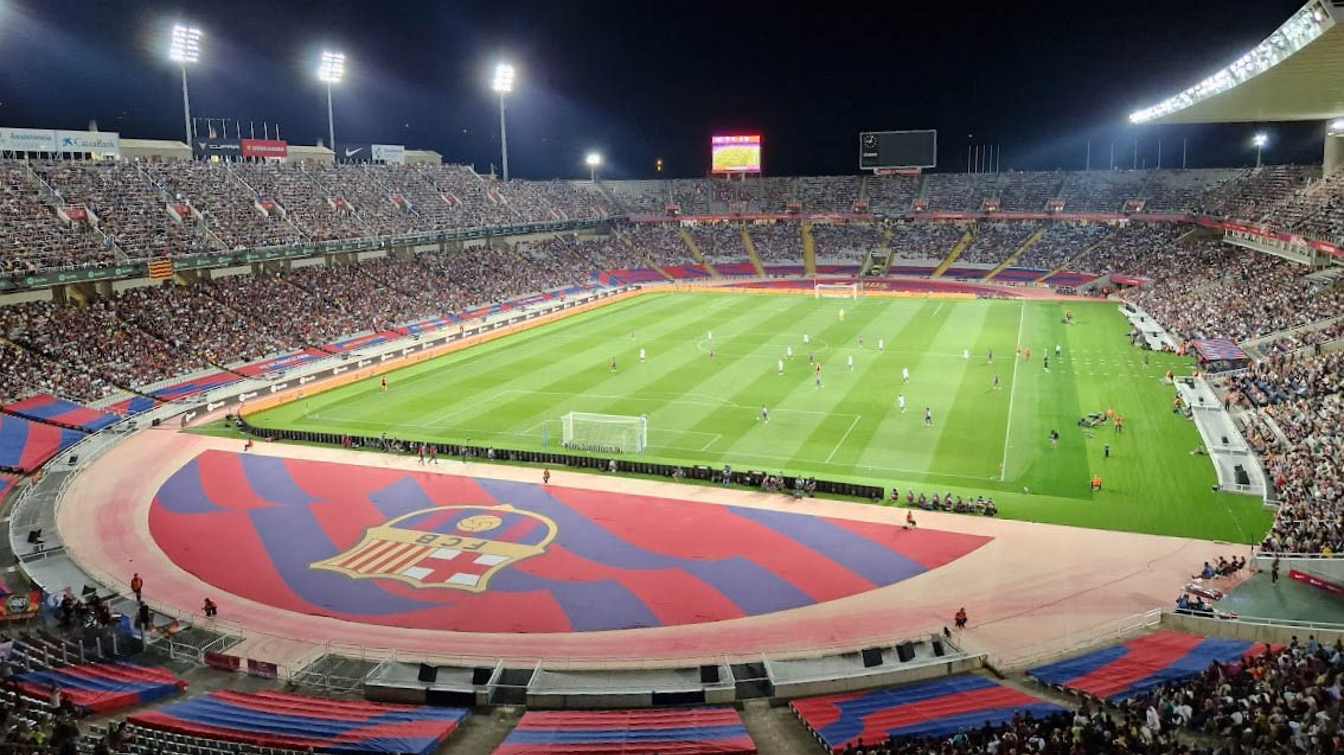Spain: How did Barça manage financially after moving out of Camp Nou?
source: El Espanyol, Transfermarkt, Football Benchmark, UEFA, Stadiu; author: Miguel Ciołczyk Garcia
 The move to Montjuïc had to be painful. The halving of capacity is a big blow for a club that desperately needs ticket sales revenue, especially in the face of deep financial problems. What steps Barça took and how did they manage after moving out of Camp Nou?
The move to Montjuïc had to be painful. The halving of capacity is a big blow for a club that desperately needs ticket sales revenue, especially in the face of deep financial problems. What steps Barça took and how did they manage after moving out of Camp Nou?
Advertisement
50% of seats, 20% of socios
When the design for the new Camp Nou by Nikken Sekkei and Joan Pascual and Ramon Ausió Arquitectes was approved in 2016, it became clear that the Catalan team would have to play at another venue for the duration of the stadium redevelopment, as only the skeleton was to remain of the old arena during the works.
The obvious and natural choice was Estadi Olímpic Lluís Companys, the city-owned olympic venue. Espanyol Barcelona, whose economic problems forced the sale of the Estadio de Sarriá in 1997, played at Montjuïc before moving to the newly built Stage Front Stadium 12 years later.
While this was not a problem for the small
Espanyol, for FC Barcelona the arena located on the hills surrounding the city has a huge disadvantage - the number of seats at the castle-like venue reaches only half the seats at Spotify Camp Nou. The poor accessibility of Montjuïc, both for cars and by public transport, also proved problematic.
The most serious change, however, was the cancellation of the socios' right to a pass allowing entry to every match. Although they have priority for tickets, the club requires confirmation in advance of attendance at each game., The effect was alarming - only 17,000 (20%) socios renewed their passes. Last season there were 80,000 and the club hoped to renew 27,000 passes in the 2023/24 season.
Falling attendance
After the disappointment with the socios there was another one. Someone might have thought that, with an average attendance of 83,500 fans in the 2022/23 season (Transfermarkt data), Blaugrana fans would be filling Olympic Stadium's nearly 50,000 seats every match. Meanwhile, an average of 41,000 fans are attending matches this season (Transfermarkt data).
Important matches were supposed to pull
attendance at Montjuïc, yet only 34,568 fans came to the December match against Atlético (1:0 for Barça). The best result was achieved during October's El Clásico, when the 1:2 loss against Los Blancos was witnessed from the stands by 50,112 people.
There are many reasons for such numbers. The most important are the abolition of the automatic allocation of a ticket for each socio, poor visibility due to the distance of the stands from the playing area, traffic difficulties, the poor atmosphere of the stadium and the lack of protection from rain and wind. The irregular form of the Pride of Catalonia does not help either. As club president Joán Laporta himself admitted to radio station RAC1, the numbers we hoped for have not materialised.
Surprising figures
Despite such a difficult situation for Barcelona, the one in UEFA's The European Club Finance and Investment Landscape report for 2023 looks, in terms of the stadium, impressive. Blaugrana's €190m in matchday revenue makes it the continent's top team in this category. The Catalan club significantly edged out second-placed PSG (€153m).
Barça is also in the lead in revenue per match, which averaged €7.6m in 2023. In terms of revenue per fan per match with an impressive €91, it is 3rd behind PSG (€140), which achieves such a good result thanks to its extensive VIP offering, and behind Tottenham (€92), whose Tottenham Hotspur Stadium is famous for its excellent matchday experience.
A steep decline
How is this possible? The explanation is that the 2022/23 season, counted in part in the 2023 fixture list, was the best in the history of the Catalan Pride in terms of attendance, reaching 83,500 spectators per game and surpassing one million fans in a season for the first time in history, pulling the 2023 results.
As described by Football Benchmark, the €229m in ticket revenue for the 22/23 season was 14% better than predicted. This translated into €121m in revenue. However, with the move to Montjuïc, Barcelona assumed that revenues would fall sharply. According to it, they were expected to be €151m in the 2023/24 season, a decrease of 34% on the previous season.
However, there is a possibility that they will be even lower, as the club's board significantly overestimated attendance and the number of socios. Barça's budget for this season hoped for only €8m profit after paying all taxes, so the reduced revenue from home matches should be a cause for concern, especially after losing the Champions League quarter-finals against PSG.
In this difficult situation, one can imagine the Catalan team's owners counting down the days until their return to the Camp Nou with almost desperate impatience. The facility is forecast to generate €347 million a year and is the hope, perhaps the only one, of breaking the debt spiral. This is a long way off, however, as the estimated date for the stadium's return is the end of 2024 and the work will not be fully completed until the end of 2025 or early 2026.
Advertisement
 StadiumDB
StadiumDB ©
©  ©
©  ©
©  ©
©